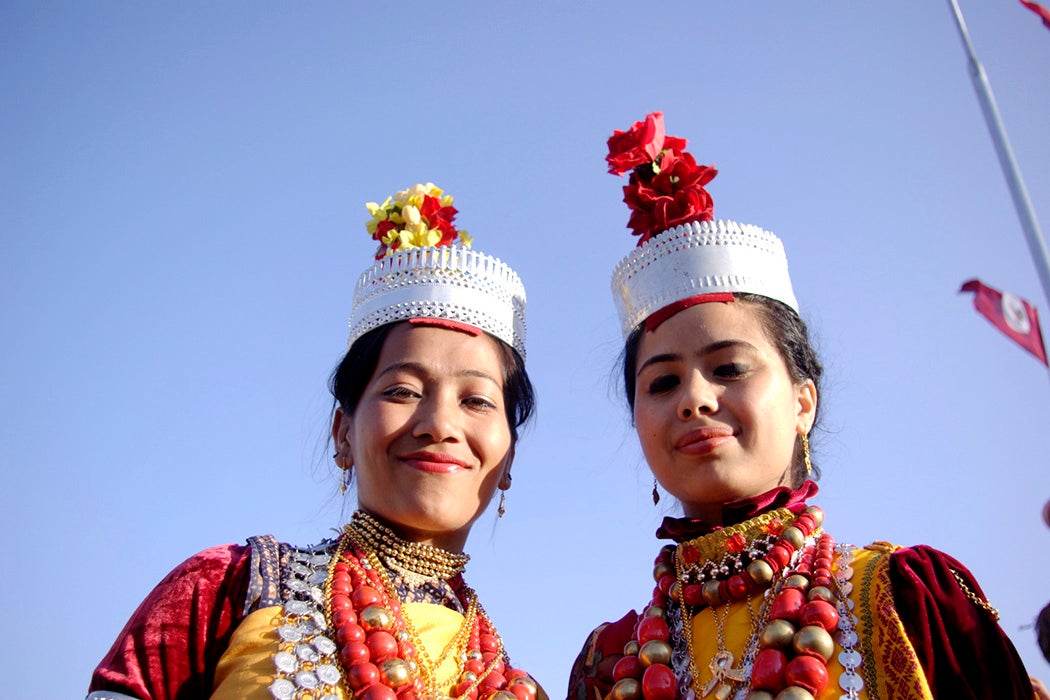Talk with enough people about gender, politics, and power, and you’ll probably encounter this question: Why are there vanishingly few matriarchal societies? Looking at the Khasi of northeastern India, political scientist Roopleena Banerjee argues that we may be misunderstanding what it means for women to hold power.
Banerjee writes that the concept of matriarchy emerged among European thinkers in the nineteenth century. In 1861, Swiss anthropologist Johann Jakob Bachofen published a study of ancient societies in which he argued that female rule was one early stage in social development. Bachofen claimed that matriarchy emerges from an earlier social order called hetaerism, characterized by unregulated sexuality and female powerlessness. In his view, women fought back against this state of affairs, taking a dominant role, controlling property, ruling within their families, and gaining political power. In a still later stage, Bachofen and other scholars believed, men took power from the matriarchs, instituting patriarchy.
“The downfall of maternal law was the historic defeat of the female sex,” Frederick Engels wrote. “The men seized the reins also in the house, the women were stripped of their dignity, enslaved, tools of men’s lust and mere machines for the generation of children.”
In some respects, Banerjee writes, the Khasi look like that European vision of a matriarchy. They live in clans that trace their origins to a female ancestor. Marriage within clans is forbidden, and men marry into their wives’ clans and extended families. The youngest daughter in a family, the Khadduh, inherits the largest share of family property and the ancestral home, which she uses to support her parents, her sisters, and their families.
“If any member of the family faces any trouble or distress, he finds solace and all kinds of help in the house of the Khadduh,” Banerjee writes. “A man who marries a Khadduh is supposed to be open hearted and accommodating too and to help all members of the family.”
However, when European anthropologists began looking at the Khasi in the nineteenth century—as part of the British colonial domination of India—they recognized their systems as matrilineal and matrilocal but did not classify them as matriarchal. That’s because, at the level of states and villages, men lead Khasi political institutions such as the court system, and only men are allowed in local councils.
“This, however, is a very patriarchal understanding of power,” Banerjee writes. “Those who subscribe to this view consider power only to be a means and an agent of domination…. Wherever power was not used to dominate, it was considered to be no power at all.”
Weekly Newsletter
She argues that in Khasi society power is understood instead as freedom—particularly the freedom that comes with the control of land and property.
“Politics always occupied a backstage in the Khasi way of life,” she writes.
If we avoid thinking of matriarchy simply as the flip side of a patriarchy based in coercive political power, Banerjee argues, it’s possible that the Khasi, with their female-controlled systems of property ownership and responsibility for families’ well-being, could qualify.
Support JSTOR Daily! Join our new membership program on Patreon today.







